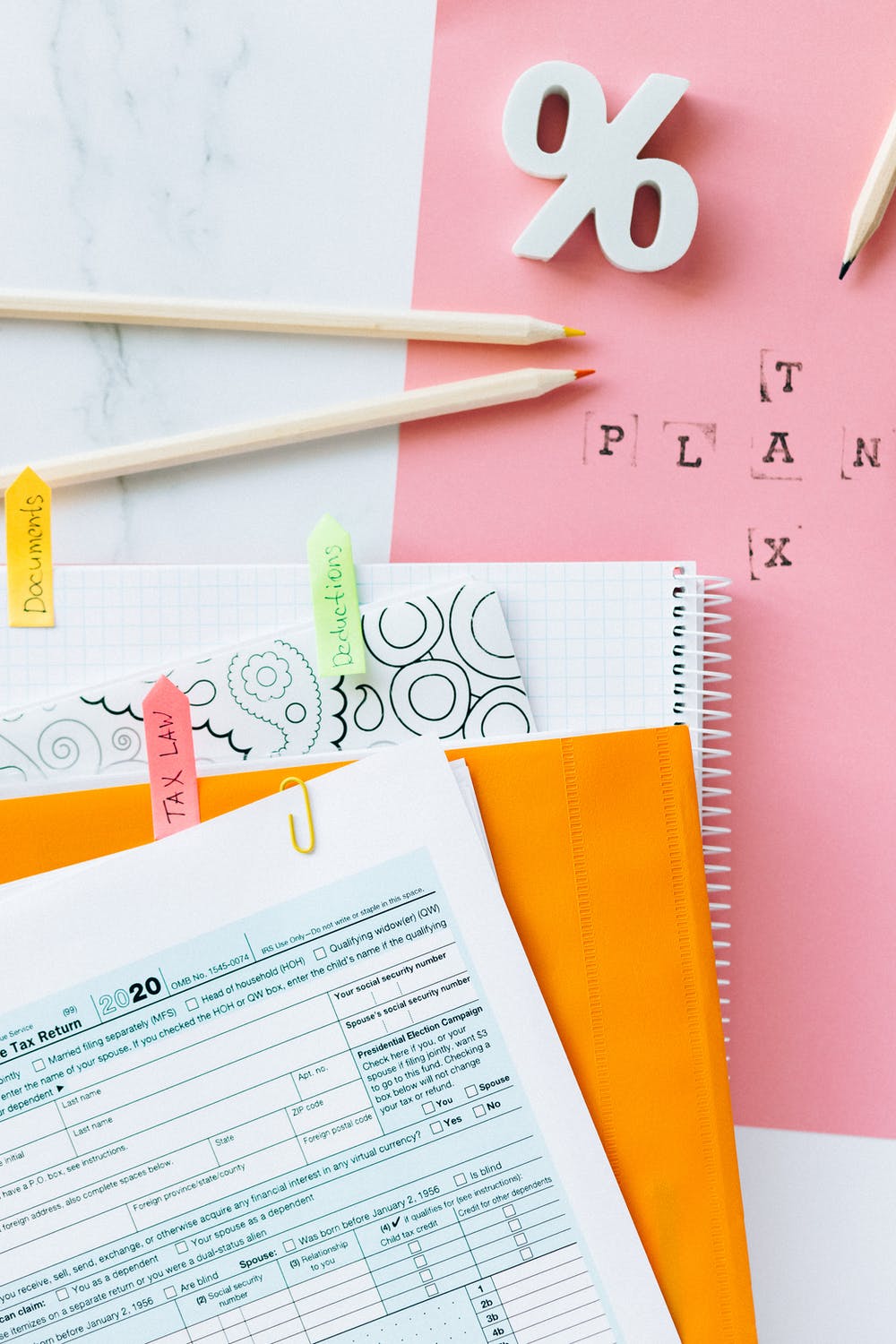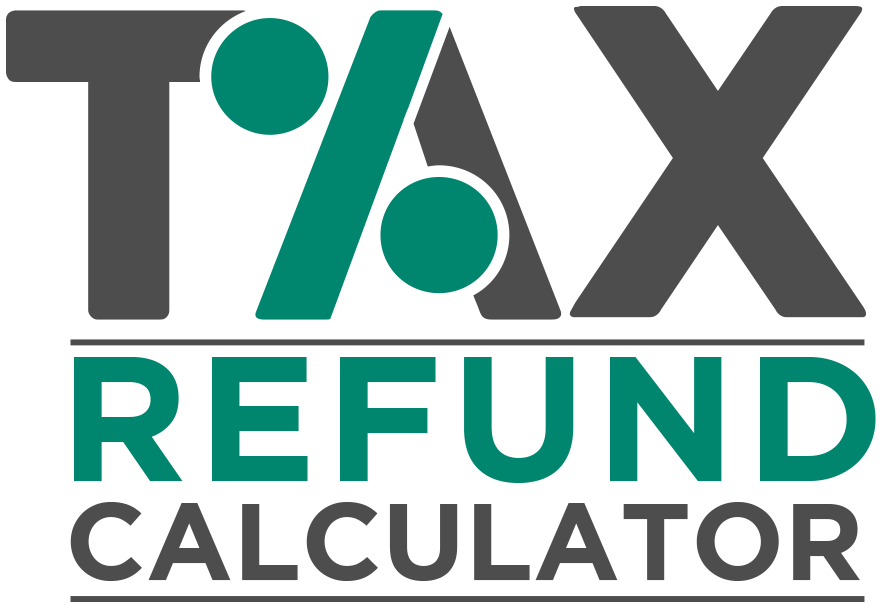
Beginner’s Guide for Tax Refunds in the United Kingdom
If you’re employed or receive a pension, your employer or pension provider uses your tax code to determine how much tax to take from you. This is standard practice and the way things have always worked. However, what many of you may not know is that you could still potentially be paying too much in taxes. What’s worrisome about this is that this is a common occurrence, which can happen if you receive a pay rise or a company benefit as someone may have neglected to update your tax code.
For those of you who didn’t end up paying the right amount at the end of the tax year, HMRC will send you either a P800 or a Simple Assessment tax calculation. The P800 or Simple Assessment will lead to you getting a refund. Now, we understand if this is all a little daunting. This is especially true if it’s your first time going through this process, as it can be quite confusing if you’re unfamiliar with it. To make things easier for you, here’s a brief beginner’s guide on how to handle tax refunds in the United Kingdom.
What Are the Reasons for a Tax Refund?
While some of you may believe that tax refunds are rare, they happen more often than you may think. Here are a couple of common situations wherein you might be eligible for a tax refund:
- If your actual takings are less than the predicted Payment on Account amount, then you are likely eligible for a reduction. Be sure to check if you paid taxes without any reduction. If you did pay without reductions, then you likely paid too much tax.
- You were under an emergency tax code when you started working a new job.
- You have multiple jobs and you lose a part of your personal allowance entitlement because the second job applies Basic Rate tax to your entire salary.
- Pay as you earn (PAYE) is connected to an incorrect tax code issued by HMRC, or your employer applies the wrong one.
- You are entitled to work expenses, tax reliefs and allowances.
- You are in the construction industry scheme (CIS).
It’s important to note that there are other circumstances that lead to overpaid taxes. Instances wherein you have more than one pension or leave the country without using up your whole personal allowance can lead to overpaid taxes that will make you eligible for a refund. If your specific situation was not mentioned here but you have an inkling that you may be eligible for a refund, then we suggest consulting with a professional so that you can sort out your situation.
How to Claim a Tax Refund?
If you paid too much tax through your employment or pension, HMRC will reconcile your tax refund position at the end of the year. Basically, they’ll be handling everything and will remedy the issue for you.
You may be issued a P800 calculation but you may also opt to receive the refund directly into your bank account. Alternatively, you can inform the HMRC that you paid too much before the end of the tax year. You can do this online or over the phone. If you do this and the HMRC has fully processed your information, your refund will be added to your wages or pension through your payroll.
Conclusion
Hopefully, this article has helped shed some light on how to approach tax refunds. As you can see, it can be a pretty simple issue to resolve as long as you know what you’re doing. Be sure to keep all of the information that we listed above in mind if you ever encounter issues with the amount of tax that you pay.
Do you need to apply for a tax refund? Tax Refund Calculator can help you claim back what is rightfully yours. By calculating whether you have overpaid tax due to unused uniform allowance or marriage tax allowance, you might be in for a nice surprise in the form of payment from HMRC. Apply for a tax refund today.

